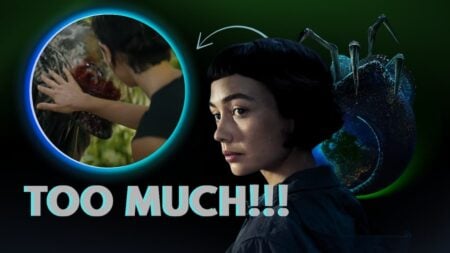Skip To...
The Simpsons has endured countless changes to its characters, rules, and themes over the years. The animated series that aired in 1989 now features flashbacks of Homer’s teenage years in the 1990s. Though previous seasons disappointed fans, many of the show’s recent creative decisions seem to steer it in a new, better direction. It’s not the show it once was, but The Simpsons‘ current seasons prove that may be a good thing.
The Simpsons Through The Years

Many fans differentiate The Simpsons between two distinct ages: the golden era and the “Zombie Simpsons.” The golden era lasted roughly the first 10 to 15 years of the series, comprising early experimental episodes like “Homer’s Odyssey” and classics like “Who Shot Mr. Burns?” Through its first several years, The Simpsons developed many strict rules to maintain at least some consistency across Springfield. Typically, only “Treehouse of Horror” episodes could tell “non-canon” stories, while everything else needed to fit with the other episodes.
As the seasons piled up, the show’s focus on its characters and rules arguably trapped its creative potential. For example, whereas Mr. Burns was frequently one of the most in-depth and satirical characters, he often only showed up for relatively pointless money jokes as the show went on. On the other hand, many Krusty the Clown plots lost their charm after Bart had already met and rescued his hero dozens of times. After a few hundred episodes, The Simpsons was essentially backed into a creative corner.
Is The Simpsons in its Renaissance?

Fortunately, The Simpsons‘ current seasons seem to have broken the chains and rules of its zombie era. This change is most likely attributed to the series’ new showrunner, Matt Selman, who stepped up to share the role with Al Jean during Season 32. Since then, the show has been reinvigorated with new stories, characters, and a modern tone.
Many underdeveloped characters have finally received focus and depth, particularly women. For instance, Sarah Wiggum and Brandine Spuckler previously only had plots and traits connected to their husbands, Chief Wiggum and Cletus. The Season 32 and 33 episodes of “Uncut Femmes” and “Pretty Whittle Liar” finally tapped into these characters’ potential with stories about deceit, crime, and education-based stigmas.
Meanwhile, an increasing number of non-canon episodes and Disney+ shorts take the main characters in entirely new directions. For example, the critically acclaimed two-part episode “A Serious Flanders” puts beloved neighbor Ned Flanders in thrilling life-or-death scenarios in a Fargo-inspired narrative. Even the Halloween episodes have stepped up with a Simpsons Death Note parody and a recent exploration of trauma after Sideshow Bob kills Bart.
While some of the changes and additions to The Simpsons may feel jarring to long-term fans, they’re frankly overdue. In 2022, the series introduced Kerry Washington as Ms. Peyton, Bart’s new fourth-grade teacher. While this addition took some fans a moment to adjust, it came nearly a decade after voice actress Marcia Wallace passed away and Mrs. Krabappel was quietly written off. Ms. Peyton lets the show focus on Bart’s time in the classroom again, one of the most prominent settings in the early seasons. Plus, her unique teaching style and character traits let the writers tell stories that never would’ve worked with Krabappel.
The Simpsons’ current seasons feel like a soft reboot that honors what the show once was while pulling its characters into new stories, contexts, and themes. Though it’s a very different show from what it once was, these changes still feel true to what The Simpsons is meant to be. New episodes of The Simpsons release Sundays on FOX and Mondays on Hulu.







